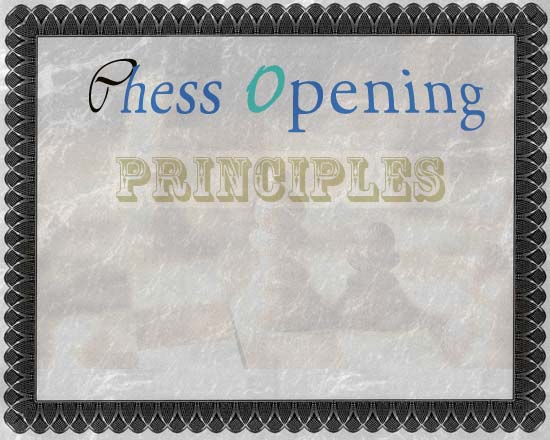
The game of Chess, said to have been invented as early as 600 A.D. in India, is said to have been characterized by attacks against the enemy King. Nevertheless, since the popularization of the game since the past 3 centuries, a number of principles have been evolved by the erstwhile masters of the game, which have been tried and tested over a prolonged period.
One of such principles related to the opening moves of a chess game, initiated and advocated by Francois-Andre Philidor in the year 1749. Unfortunately, the importance of the principles of Philidor was realized much later than he expired, in the nineteenth century, and is commonly referred to as Classical Opening Principles of Chess.
Philidor moved away from the general notion of attacking the enemy king at every possible opportunity in the game of chess. Philidor insisted that the attacks should be more properly planned and executed to win over the enemy. He also laid emphasis on minor objectives in the game. You may have known by now that the major objective of chess game is to attack the enemy king. Philidor emphasized that apart from the major objective, minor objectives such as conquering the centre from the enemy and controlling the conquered centre, should be pursued as part of the development of the game. With this concept getting popular among the chess players, the art of defending against attacks gained more prominence and the games challenge and fascination was taken to a new level.
Without dwelling more on Philidor, let me explain the classical opening principles.
Well, the centre of the chessboard refers to the four vital squares in the central part – the four squares commonly referred to as e4, e5, d4 and d5.
The four major aspects of Classical Opening Principles are —
- Centralization
- Quick Development
- Early castling
- Knights before Bishops
Centralization: The most important part in the chessboard is the centre. It is but obvious that pieces placed in the centre attack more squares than those positioned on either sides of the board. For example, a knight placed in “d4” can effectively attack eight squares. Do you know what they are? They are c2, b3, b5, c6, e6, f5, f3, and e2. Assuming that the same knight is not in d4, but in h1 – then the knight can attack only two squares – f2 and g3.
If you do not control or possess a fair share of the centre, then it might be difficult to maneuver pieces from one side of the board to the other side of the board.
Quick Development: The second important part of Classical Opening Principles is Quick Development. You might know that pawns are of the lowest cadre. The minor pieces such as bishops and knights are the next cadre. The Queen and the rooks are the major pieces in the chessboard while the ultimate superior is the King.
According to classical principles, developing minor pieces is considered important before developing major pieces such as rooks and the queen. It should be ensured that pawn movements are restricted to the minimum. The knights can jump over other pieces in the board and as such, pawn movement is not necessary for developing the knights. If you open up the pawns in front of the King and the Queen, then the two bishops are opened up, and so are the Queen and the King.
Early castling: Castling, as you all know, is one of the special moves in chess, where the king is allowed to move two squares in a single move. In addition, two pieces are moved in a single move, the King and the Rook.
The two rooks are in the two corners. In line with the concept of quick development, both the minor pieces such as bishops and knights can be moved out after the pawns in front of the queen and the king are opened. Now there will be no pieces in between the King and the Rook at the kingside, while queen will be there in the queenside. You can take up castling on the kingside, thereby opening up the rook to combine with the Queen and the other rook. In addition, the King in the first row will be guarded by the Queen and two rooks.
Knights before Bishop: Another part of the classical opening principles is to move the knights before the bishop. As already stated, the knights can be moved without waiting for the pawns to leave way, as they are capable of jumping over pieces lying in between the original square and the destination square of the knight. As such, it is suggested that knights are moved into the front before opening up the bishops.
These classical opening principles, if employed effectively, can open up to fascinating contests in the middle game, as the art of defense and attack needs to be mastered to enhance the level of knowledge in the game of chess.

